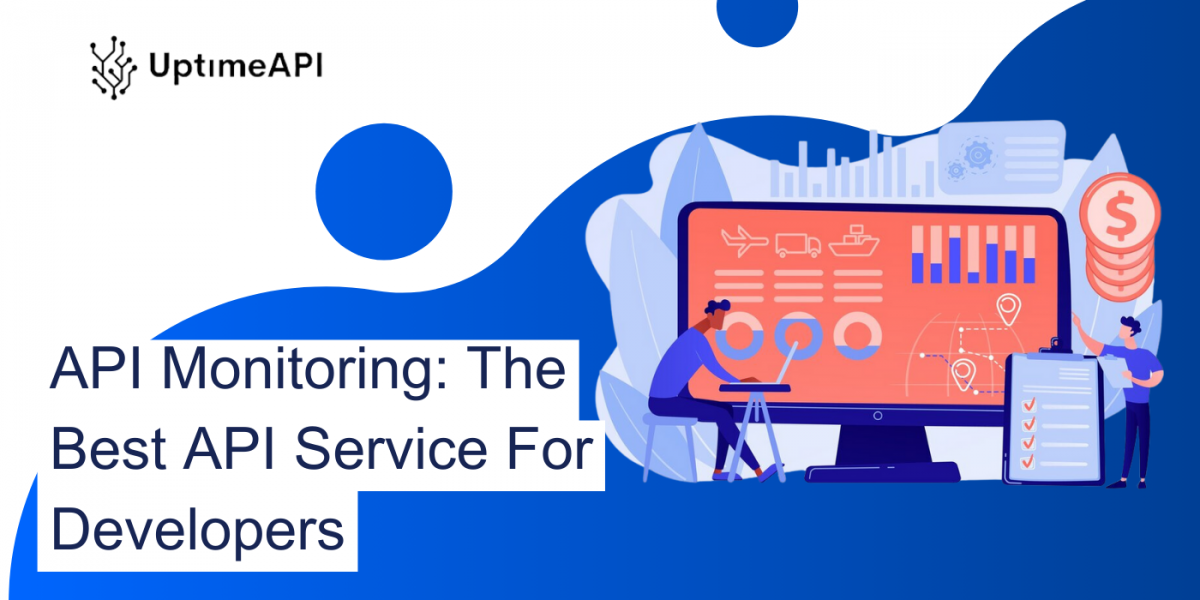In the ever-evolving digital landscape, Application Programming Interfaces (APIs) play a crucial role in connecting diverse systems and enabling seamless interactions between software applications. As businesses increasingly rely on APIs for their operations, it becomes imperative to ensure their optimal performance. This article delves into the key aspects of API performance, providing a comprehensive guide on how to evaluate and enhance it, with a particular focus on the effective use of UptimeAPI.
Understanding API Performance

What is API Performance?
API performance refers to the responsiveness and efficiency of an API in delivering the expected results within a reasonable time frame. It involves assessing factors like response time, latency, and error rates to ensure that the API functions reliably under various conditions.
Why is API Performance Important?
The significance of API performance cannot be overstated. Poorly performing APIs can lead to disruptions in services, affecting user experience and potentially harming the reputation of a business. Additionally, optimal API performance is crucial for meeting service level agreements (SLAs) and ensuring that applications operate seamlessly.
Key Metrics for API Performance
Response Time
Response time measures the duration between sending a request to an API and receiving the corresponding response. It is a critical metric as it directly impacts user experience. A lower response time indicates better performance, while delays can lead to frustrated users and decreased satisfaction.
Latency
Latency refers to the time it takes for data to travel from the source to the destination. In the context of APIs, it includes the time taken for a request to reach the server and for the server to send back the response. Minimizing latency is essential for optimizing API performance.
Error Rates
Monitoring error rates is vital to identify issues that might arise during API interactions. High error rates can indicate problems with the API, such as bugs or insufficient error handling. Evaluating and addressing these issues promptly is crucial for maintaining a reliable API.
Evaluating API Performance with UptimeAPI
Introduction to UptimeAPI
UptimeAPI is a powerful tool designed to monitor and analyze API performance. Its user-friendly interface and robust features make it an ideal choice for businesses looking to ensure the reliability of their APIs.
Setting Up UptimeAPI
- Account Creation: Start by creating an account on the UptimeAPI platform. This involves providing basic information and creating login credentials.
- API Endpoint Monitoring: Add the API endpoints you want to monitor. UptimeAPI allows you to set up monitors for different endpoints, providing a comprehensive view of your API landscape.
- Customizing Alerts: Configure alerts based on specific conditions, such as increased response time or elevated error rates. UptimeAPI will notify you promptly if any issues arise.
Utilizing UptimeAPI Features for Performance Optimization
Real-time Monitoring
UptimeAPI provides real-time monitoring of your API endpoints, allowing you to track performance metrics as they happen. This feature is invaluable for identifying and addressing issues promptly, minimizing the impact on users.
Historical Data Analysis
The platform stores historical data on API performance, enabling you to analyze trends and patterns over time. This long-term perspective is crucial for identifying potential bottlenecks and implementing proactive measures to enhance overall performance.
Scalability Testing
UptimeAPI allows you to simulate increased traffic and monitor how your API handles scalability. This feature is particularly useful for businesses anticipating growth and wanting to ensure that their APIs can scale seamlessly with the increasing demand.
Geographic Monitoring
Understanding how API performance varies across different geographical locations is essential, especially for global businesses. UptimeAPI enables geographic monitoring, providing insights into response times and latency from various regions.
Best Practices for API Performance Optimization
Code Efficiency
Optimizing the codebase of your API is fundamental to achieving optimal performance. This includes streamlining algorithms, minimizing database queries, and adopting best practices for coding efficiency.
Caching
Implementing caching mechanisms can significantly reduce response times by storing frequently requested data. By caching static or less frequently changing information, the API can quickly serve these requests without reprocessing the data.
Load Balancing
Distribute incoming traffic across multiple servers using load balancing techniques. This not only improves response times but also enhances the overall reliability and fault tolerance of your API.
Regular Testing and Monitoring
Frequent testing and monitoring are essential for identifying and addressing performance issues before they impact users. UptimeAPI’s continuous monitoring capabilities align perfectly with this best practice.
Conclusion
In the fast-paced digital landscape, API performance is a critical factor in ensuring the seamless functioning of applications and services. By understanding the key metrics, leveraging tools like UptimeAPI, and adopting best practices for optimization, businesses can enhance the reliability and efficiency of their APIs. Regular monitoring, analysis of historical data, and proactive measures are indispensable in maintaining optimal API performance and delivering a positive user experience.
Optimizing API performances is an ongoing process that requires dedication and the right tools. With UptimeAPI, businesses can stay ahead of potential issues, implement strategic improvements, and ensure their APIs contribute positively to the overall success of their digital initiatives.

